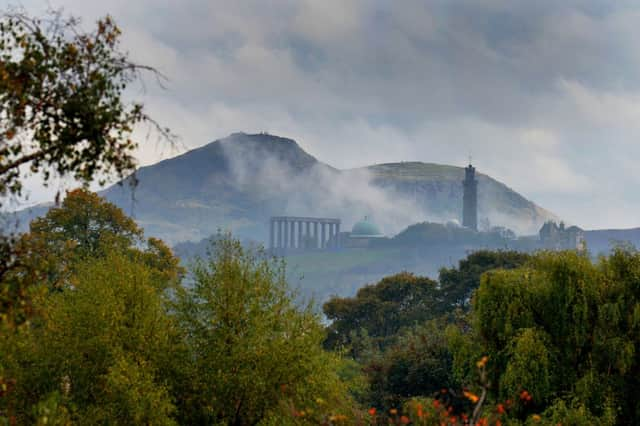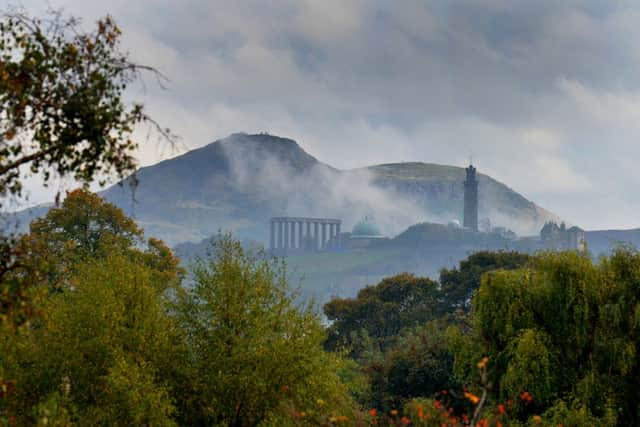Edinburgh Video Guide: Arthur’s Seat
This article contains affiliate links. We may earn a small commission on items purchased through this article, but that does not affect our editorial judgement.


Arthur’s Seat, situated right at the heart of Edinburgh, is one of the capital’s most iconic landmarks. It is the highest point of a group of hills that sprawl across Holyrood Park, standing at around 822 ft tall at its peak.
It is easily accessible via numerous locations, though one of the hill’s most popular walkways is situated near Dunsapie Loch. Many hillwalkers also attempt the ascent via several pathways that face the Scottish Parliament.
Advertisement
Hide AdArthur’s Seat’s decidedly benign slopes and cliff faces conceal a rather interesting past - one that started about 350 million years ago.


Like the rock that props up Edinburgh Castle, Arthur’s Seat was once an active volcano. Its more recent history has seen it forge connections with King Arthur, hence the name. A poem dating back to Iron Age settlers in the region refers to an ‘Athur’-like warrior. Arthur’s Seat has also featured heavily in literature throughout the ages - Mary Shelley’s Frankenstein and Jules Verne’s The Underground City being two of the most famous examples.
A discovery of 17 miniature coffins on the hill, each containing hand-crafted wooden dolls dressed in custom-made clothes and painted black boots, were found in 1836 by a group of boys. What were the coffins for, and what did they represent? The most popular theory supposed that the figures were constructed to give victims of 19th century murderers Burke and Hare a mock burial.
• For more videos of Edinburgh’s historical landmarks visit Edinburgh Video Guide or follow then on Facebook and Twitter